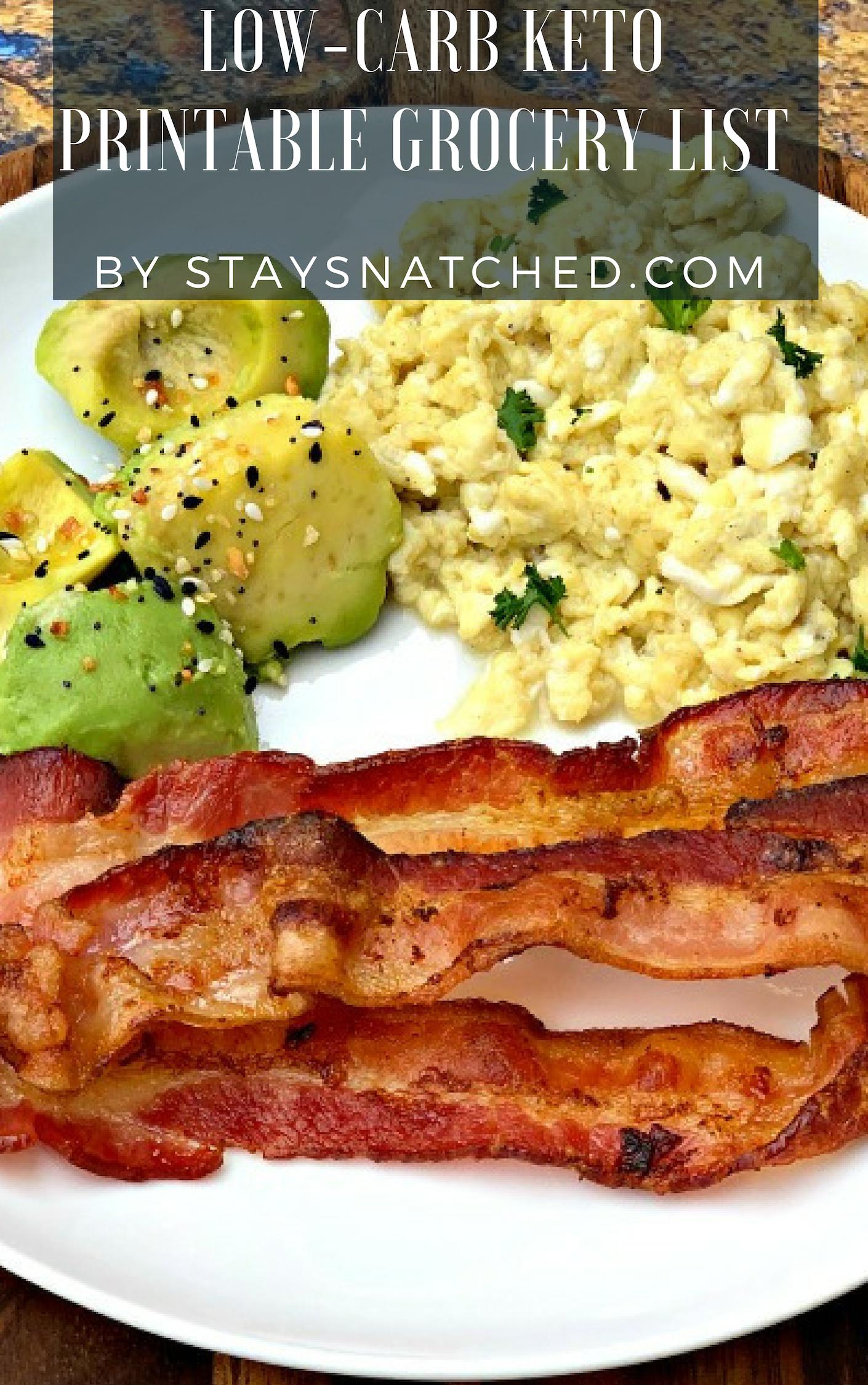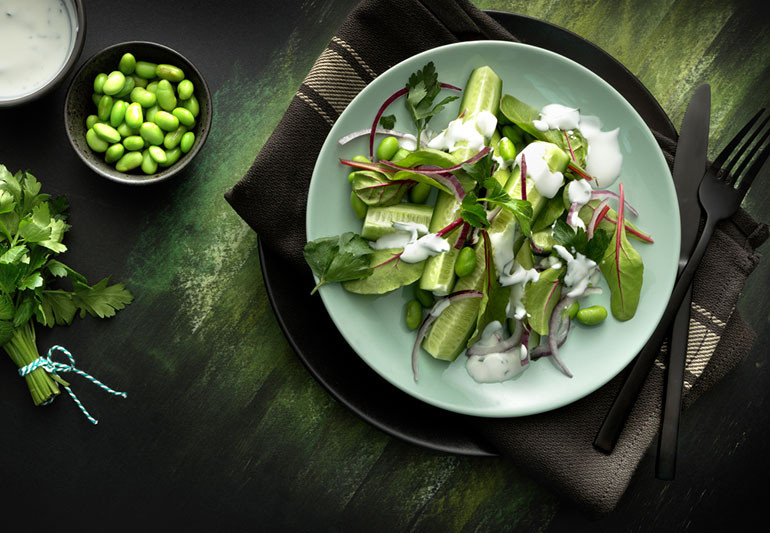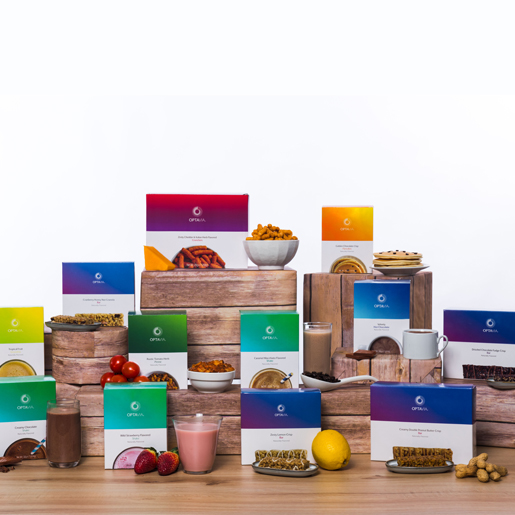
It's not hard to get a solid 400-calorie breakfast. You can find many foods that will help you feel energized every morning. Although all foods are not equal, there are some foods that are both low in calories but high in nutrition. These foods can help you lose weight.
Oats overnight are low in calories and a great choice for breakfast. Oats are rich in fiber and antioxidants. Oats are low-calorie and rich in antioxidants. They also provide protein. You can combine the oats with hard boiled eggs to get a healthy source of protein. Combine the oats with some quinoa flakes for added fiber. A healthy, creamy breakfast is possible by adding a pinch of cinnamon to the oats and low-fat milk.

It only requires two ingredients. It can be made in just 10 minutes. It is best to first coat it with oil. It has high nutrients density with 16g of unsaturated and 26g of protein per portion. This recipe is also rich in fiber, which many people don't have enough of.
For a low calorie breakfast, you can also try cereal. Kashi Go-Lean, which has low fat milk and walnuts, is a great option. Avocado can be added if you feel adventurous. Avocados are high in monounsaturated fats, which are good for your heart. This cereal contains approximately 90 calories. It is a good choice for those looking for a low-calorie, healthy breakfast.
This recipe has a great advantage: you can keep it in your fridge for a couple days. You can also use the leftovers for a healthy snack or breakfast. You can find more ideas for low-calorie breakfast foods in this article.
The HuffPost UK recently posed a question to PHE, a UK government health agency, about the best ways to eat a 400 calorie breakfast. They received some excellent answers, including advice from a registered nutritionalist. A balanced meal is the best choice for a 400-calorie breakfast. The meal should be low in fat, carbohydrates, and protein. Also, you can choose foods that have low levels of sugar and high levels of vitamins and mineral. You will feel satisfied and less hungry if you eat small portions.

While there is no magic food that will make you lose weight, you should do your best to eat foods that are within the recommended caloric range. You might consider consulting a dietitian if you have a restricted diet. It is also worth looking into low-calorie breakfast foods like yogurt, granola, and cereal. You can also experiment with foods not included in the breakfast food list, such as bagel thins or low carb wraps.
FAQ
What three foods should cardiologists advise you to avoid?
These three foods are recommended by cardiologists to be avoided because they contain too many cholesterol and saturated fat.
The American Heart Association recommends that you limit your intake of trans fats in margarine, partially hydrogenated oils, and other foods. Trans fats increase LDL (bad), and lower HDL levels. High levels of LDL cholesterol are linked to high blood pressure and heart disease.
The cholesterol levels of high-fat dairy products, such as cream cheeses, butter, whole milk, cream cheeses, cream cheeses, butter, icecream, sorb cream, and yogurt, can be raised by using high-fat dairy products. Some people might experience allergic reactions to dairy products.
LDL cholesterol levels are higher in saturated fat than they are in HDL cholesterol. Saturated Fat is found in red meats and poultry, full-fat milk products, palm oils, coconut oil, cocoa butter, and other vegetable oils. Saturated fat can be dangerous if it is consumed in excessive amounts.
Your cardiovascular health could be improved by reducing or eliminating animal products.
You can reduce your risk of suffering a heart attack by making small changes to the foods you eat.
You don't have to wait until it is too late to make positive changes in your own life. Before beginning any new diet, it's important to check with your doctor.
What is the 40-30-30 Diet Plan?
The 403030 Plan helps you lose weight quickly, and keeps it off for your entire life. This program employs three powerful strategies to create a healthy lifestyle that allows you to burn more fat and keeps your hunger under control.
This program contains:
-
An extensive food diary that helps you track your daily calories intake and flag hidden foods that might be sabotage.
-
A combination of strength training and cardio exercises that boost metabolism and decrease body fat.
-
A personalized nutrition plan based on your results.
You'll also receive weekly emails providing tips and motivation to continue your journey toward better health.
You have nothing to lose except unwanted pounds!
What is your favorite healthy drink?
The best and most healthy beverage in the world is not what we are looking for. Some drinks are better for you than water, but they're not the best.
The reason is quite simple; the best drink is the one you prefer. We mean our favorite drink when we ask the question "What is your healthiest drink?"
We shouldn't be surprised to find that the answer can vary widely depending on where one lives. Even within one country, the answer is different.
For example, in Japan, the number one choice is green tea, while in New Zealand, coffee wins. In India milkshakes are very popular, but in Australia beer reigns supreme.
In the end, it doesn’t really matter what healthiest drink you choose because everyone has their/her own preference.
What is most important is the health of the drink. However, each person's definition of healthy is different.
While one person might find wine unhealthful, another person might find it perfectly acceptable. While a glass of red wine with a piece of cake might be unhealthy for one person, it could be great for another.
There is no universal definition for healthiness. Even more, there are no universally accepted measures of healthiness.
So, it is not possible to say that one beverage is healthier than the next. This statement cannot be made without knowing how many alcoholic beverages are in each one.
We wouldn't know this, but it could still cause problems. Alcohol levels vary depending on the alcohol consumed. A white wine has less calories than a wine with red grapes.
We can't compare beverages based on their calories, so we can't say that one beverage is better than the other.
One way to determine the percentage of alcohol in each drink is to create a formula. But this would only take into account the alcohol content and not the composition.
Even if it were possible to do so, it would still be necessary to know the exact formula of each beverage. This information is not available at all times.
Some restaurants won't reveal the ingredients of their food, for example. Some people don't want others to know exactly what they eat.
However, we can't tell which drink tastes better.
What are 5 keys to healthy eating?
You might have heard the phrase "You are what is in your stomach." Healthy eating habits are made up of five essential elements.
These include eating lots fruits and vegetables and avoiding processed foods.
The first three are vital for overall health. The second two are important for maintaining a healthy weight.
To ensure that you consume these nutrients, consider adding them to your daily meals.
Your diet should include fresh fruits, whole grains, and leafy greens. These foods contain vitamins C, E, and A which protect against cancer and heart disease.
Avoid processed foods, especially those that contain artificial ingredients or preservatives. This includes chips, soft drinks, candy bars and cookies.
Eight glasses of water daily is a good way to keep your body hydrated. It prevents dehydration and keeps your metabolism in check.
It is important to exercise as part of a healthy lifestyle. If you do not exercise, you risk developing obesity-related diseases such as diabetes, heart disease, and stroke.
Reduce your alcohol consumption. The effects of alcohol on blood pressure, headaches, liver health, and blood sugar are all magnified by these drinks.
This advice will help you live a healthier lifestyle.
How is a vegan diet different to other diets.
A vegan diet doesn't have meat, milk, or eggs. This makes it different from other diets. This means that vegans cannot eat milk, cheese, or butter.
Vegans do not eat meat or fish. This is why vegans often refer to themselves as vegetarians.
Vegans are advised to avoid honey, gelatine leather, silk and wool as well feathers and fur.
Veganism is an ethical dietary choice based on compassion for animals and concern for environmental sustainability. Veganism is opposed to animal products. It rejects factory farming and the harm done to animals by using hormones and antibiotics during slaughter.
Veganism advocates vegetarianism. This involves reducing animal flesh and secretions rather than eliminating them.
Vegans eat mostly plant-based foods, but some vegans eat small amounts of seafood.
Because they exclude meat and fish, vegans are often called vegetarians. Vegans should avoid dairy and eggs. However, vegans are often referred to as those who avoid these animal products.
Vegans are those who eat less than 5 ounces (or 1/4 pound) of meat per week.
Some vegans may include eggs and dairy products in their diets to get sufficient protein intake, but this is not common practice.
Lactoovo vegetarians avoid meat and eat dairy products. They may also eat chicken, fish, and shellfish. These people may be classified as vegetarians, but they strictly adhere to the vegetarian lifestyle.
People who call themselves ovo-lacto vegetarians eat dairy products and eggs while excluding red meat. They may also eat some poultry, shellfish, and fish.
Pescatarians are vegetarians that eat fish. Pescatarians need to be careful about their cholesterol because fish has a high-fat content. They will eat only low-fat or unfried varieties of fish.
You can further divide vegans into two categories: strict and flexible. Strict vegans forgo all animal products, except eggs and dairy. Flexible vegans limit how many animal products they consume. They may eat only one egg or opt for skimmed milk.
Health-conscious consumers have been increasingly turning to plant-based diets in recent years as they seek to lose weight, manage cholesterol, lower blood pressure, improve their diabetes management, live longer, and prevent heart disease. Between 2007 and 2010, the number of Americans who eat a vegan diet increased by 50%. By 2016, the number had grown to 2.5 million, according to industry estimates.
How much should I eat each day?
Calorie requirements vary depending on gender, age, activity level, size, health status, and other factors.
In order to maintain their weight, adults consume between 1,200-1 800 calories per day.
Calories come from carbohydrates, starchy foods, protein and fat.
Carbohydrates are made up of glucose, fructose, and sucrose. Glucose is the primary source of energy for our muscles. Fructose supplies additional energy to our brains, nervous system and muscles. Sucrose has both glucose and fructose which makes it easier to digest.
Protein is essential for muscle building and tissue repair. Protein can be found in meat, poultry and eggs as well as yogurt, dairy products, soyabeans, legumes, soybeans and some seafood.
Good health is dependent on fat. Fat is good for you. It helps you stay fuller longer.
The fat also protects against many types of cancer, such as high cholesterol and cardiovascular disease.
Some experts recommend consuming no more than 30% of your total calories from saturated fats.
However, there is no evidence that reducing saturated fatty acids will reduce your chance of developing heart disease.
Healthy eating should include 20-35% carbohydrate, 10%-35% protein, and 35%-50% fat.
Statistics
- The ideal amount of protein at breakfast is about 30 grams, according to a 2018 review by nutrition researchers at Purdue University. (prevention.com)
- In a review of studies, intermittent fasting was shown to cause 0.8–13% weight loss over 2 weeks to 1 year. (healthline.com)
- Overall (tie) Whole30 lacks scientific support and is severely restrictive, according to the experts. (health.usnews.com)
- Recommendation Saturated fat is less than 6% of total daily calories. (mayoclinic.org)
External Links
How To
Healthy Eating Guidelines For Kids
To be healthy, children need to eat a healthy diet. Children who eat well have a tendency to be healthier adults. Here are some guidelines to follow when feeding children:
-
Limit sugary beverages. Sugary beverages contribute more than half of all added sugar intake among kids ages 2-18.
-
Limit juice. Juice is full calories and has little nutrition.
-
Avoid fried food. Fried foods contain saturated fats and trans fats, increasing blood cholesterol levels and raising heart disease risk.
-
Eat whole grains. Whole grains provide essential nutrients such as dietary fiber and B vitamins.
-
Make sure to eat plenty of fresh vegetables. Fresh fruits and vegetables are packed with vitamins, minerals, and fiber. They are also lower in sodium than packaged or processed foods.
-
Lean meats are better. Lean meat provides high quality protein without the calories and fat found in fatty cuts.
-
Take care when snacking. Snacks add extra calories and unhealthy ingredients to meals. Many snacks are made with refined flours, hydrogenated oils and artificial colors.
-
Breakfast is a must for every child. Breakfast helps kick start the metabolism and gives them enough fuel for daily physical activity.
-
Try out new recipes. To find one your family loves, experiment with new recipes. Try adding spices and herbs to dishes to change the flavor profile.
-
Get active. Physical activity is an essential part of childhood. It improves your mood, memory, concentration, and mood. Exercise promotes weight control.
-
Get outside. Get outside and enjoy the beauty of nature. Spend your time outdoors hiking, biking and swimming.